In late 2019 I reviewed the Sigma 45mm F2.8 DN lens, and, while I loved the build of the lens, I concluded that it was a bit of an oddball. It was released in concert with a couple of other lenses, one being the uber-premium 35mm F1.2 DN and the other being the 24-70mm F2.8 DN ART. The design of the 45mm F2.8 was completely different than any other Sigma lens…including the other lenses it was released alongside. A year later, however, and things start to make a little more sense, as it turns out that Sigma was experimenting with a new sub-class within their Global Vision “Contemporary” line-up – the i-Series. These lenses are designed for those who love A) exceptional build and care over the tactile feel and handling of their gear B) who aren’t interested in their lenses being “clinical” but prefer beautiful, “analog” rendering rather than just sterile sharpness. Then, in December 2020, Sigma released two new lenses in the i-Series side by side, and both of them were beauties. I simultaneously looked at the Sigma 35mm F2 DG DN (my review here) and the Sigma 65mm F2 DG DN (my review here). I really liked both lenses, and I think that was reflected in my reviews. But at the time, Sigma actually read me in on a fourth lens in the series – the Sigma 24mm F3.5 DG DN. The i24 (as I’ll call it for brevity in this review), may be the hardest sell of the group in some ways, a throwback to a different philosophy in lens design. The last 24mm F3.5 lens that I’ve handled was an SMC Takumar 24mm F3.5 in the old M42 screw-in mount that was made in the early seventies…though the Sigma has a very different kind of optical performance. This lens is designed for Sony FE (full frame E-mount) and Leica L mount, and I’m reviewing the Sony mount here on both a 42MP a7RIII and a 24MP a9 body, though in many ways the compact Sony a7C might be an even better pairing for this little lens.
A prime lens with a slower maximum aperture than the typical zoom lens that covers the focal length is a rarity these days, and it is that issue above all others that I expect to be a marketing challenge for Sigma. The truth of the matter is that zoom lenses tend to be quite sharp at this focal length (including Sigma’s own 24-70mm F2.8 DN ART, which I reviewed here). There are some optical advantages for the little prime, however, that we’ll explore in the image quality section below. The main advantage that will draw potential customers, however, is both the beautiful craftsmanship of the lens that is paired with extremely compact size. This is a wide angle prime that is only 50.8mm long (2 inches!) and weighs only 230g despite have a beautiful construction. Even the relatively compact Sony 20mm F1.8 G (a lens I’ve reviewed and really like!) is nearly 85mm in length and weighs in at 373g, making it 50% larger and heavier. I look at the i24 as essentially being an autofocusing Zeiss Loxia lens, a compact yet premium lens.
Whether or not this lens makes any sense for you will depend a lot on how you view the 24mm focal length. If you typically shoot 24mm stopped down to smaller apertures like F5.6 or F8, then the smaller maximum aperture won’t be a liability for you. If you are shooting in low light conditions or want to have a somewhat shallow depth of field for full body portraiture, then this lens probably won’t fit your needs.
Sigma’s marketing of the “i-Series” has three concepts, “Identity – Celebrating your uniqueness | Iconic – A fresh approach to lens design | Instinctive – Intuitive user experience”. Most of that is, frankly, marketing gobbly-gook that sounded really clever to the marketing team (the same team that brought you “Contemporary” as a lens designation) but is rather meaningless in the real world. I’m not quite sure how purchasing a camera lens marketed to the masses is “celebrating my uniqueness”, but I digress. I’ll forgive the marketing mostly because the actual lenses are beautifully crafted and a real joy to use.
As we will also see, I think that Sigma has managed to strike a nice balance between a high quality rendering along with excellent sharpness. This isn’t a cold, sterile lens, but rather one with some character despite being well corrected. I was actually pleasantly surprised by the optical performance of this lens, as for some reason I expected something akin to what I saw with the 45mm F2.8 DN (a lens that I was personally a bit disappointed with optically). What I found instead was a lens with a lot of punch despite its small size and small maximum aperture.
So join me as explore the highs and lows of this very small full frame mirrorless prime. If you prefer to watch reviews, you can choose either the long-format definitive review or the shorter standard review.
Follow Me @ Patreon | My Newsletter | Instagram | Facebook | Twitter | Flickr | 500px
Sigma i24 Build, Design and Handling
The “i-series” is a hit to me when it comes to build. I love the all-metal construction, attention to detail, and beautiful handling. Sigma has managed to produce a compact lens that has the premium feel that doesn’t feel far off from the beautiful craftmanship I saw in the old Takumar 24mm F3.5…all metal and glass. The lens is nicely compact at 64mm in diameter (2.5”) and 50.8mm in length (2”). Though compact, the lens has some heft due to the density of the construction. It weighs 230g (8.1oz). The other Sigma 24mm prime for Sony mount is the 24mm F1.4 ART, and I personally weighed that lens at 768g…about 3 1/2x as heavy. The Sigma 24-70mm F2.8 DN ART lens that covers this focal length weighs 835g, so if your priority is compact size and low weight, the i24 will check the boxes.
Up front we have a 55mm filter thread, which is a small but relatively common filter size. Tamron has worked to consolidate all of its modern Sony E-mount lenses around the 67mm filter size, which is great for sharing filters but does have a few downsides in lens design. Sigma has just gone with whatever filter size works with the optical design, which means that even among the iSeries (four lenses) there are three different filter sizes (which is also a pain!) There are pros and cons to both approaches.
What strikes me as odd with this series is that Sigma has chosen to position the i-Series lenses under the Global Vision division of “Contemporary”. Typically the lenses branded Contemporary carry Sigma’s lowest level of build, with Sport lenses given the most robust while Art lenses land in the middle. The build of the i-Series, however, is arguably nicer than that of the ART series, and every bit as nice as the Sport lenses (though designed for different purposes). In many ways these i-Series lenses remind me of two things: 1) classic lenses like the SMC Takumar lenses (which I own about 5 of), and part of why I love them is their beautiful timeless construction that is all metal and glass – and – 2) cine lenses where the aperture and focus rings are raised rather than flush with the barrel and have wider, deeper ribs that accommodate gearing (something that cinematographers often do but stills photographers almost never do). We’ve got a similar design element in the i-Series.
Forget engineered plastics; the Sigma i24is made all of metal alloys, with even the hood made of metal. The lens hood itself is a beautifully crafted piece with a great tactile feel to the metal and ribbing, and it has an added practical value that there is plenty of grip friction due to the ribbing that makes it easy to remove.
I also appreciate that the hood doesn’t looked “tacked on”. To me the lens looks completed with the lens hood in place, largely because the design language of the lens carries on into the lens hood. There’s a nice “flow” to the design.
Sigma has adopted the inclusion of an aperture ring on many of their DN series lenses (DN indicates that the lenses is designed specifically for mirrorless, while DG designates that the lens is designed for full frame cameras). It works just like Sony G Master lenses where one has the option of selecting A (Automatic) and controlling aperture from within the camera like most lenses, but then one can also manually select aperture in one-third stop detents. There is a nice extra bit of friction between the A position and the manual section which will help avoid any inadvertent bumping between the two choices. The aperture ring (like everything on the lens) is beautifully engineered, and has very precise, definite movement and feel for each of the detents. Some people question the necessity of an aperture ring (particularly one that cannot be declicked for video aperture racking), but I can say for myself that I personally strongly prefer to have an aperture ring even for stills. I find it helps me to be more intentional about the use of aperture and plan in advance for what aperture will best suit my shot.
Another solid addition is the AF/MF switch on the side of the barrel. This is something that many mirrorless lenses lack, but I still find an actual physical switch the quickest and easiest way to move between autofocus and manual focus. Unlike the 35mm and 65mm iSeries lenses, however, the AF/MF switch is not mounted transversely, and, since this is a small lens, there isn’t a lot of room for it with a traditional horizontal design. I find the switch a little cramped to access because of the raised aperture ring…and that difficulty is exacerbated by the necessity of wearing gloves in the winter season when I’m doing the review.
There is also a manual focus ring. The focus ring, like the aperture ring, is a “by-wire” system, meaning that input on either the focus ring or the aperture ring is electronically communicated rather than through a direct mechanical coupling. This means that input on the focus ring or the aperture ring will not create any physical changes unless the lens is attached to a camera and powered on. The focus ring has a nice feel to it, and Sigma has done a good job emulating traditional manual focus.
A change made to the i-Series since the 45mm is that Sigma is leveraging the all-metal construction to give consumers an option when it comes to the front lens cap. There is a traditional pinch-style plastic lens cap included, but the lens also ships with a magnetic cap that pops easily into place. I find that it works better if you are using the lens without the hood, as reaching in to dislodge it with the hood fixed is a bit difficult. They are also selling an inexpensive lanyard that clips onto a strap or backpack and gives you a place to magnetically attach the lens cap when not using it. With both pieces in play, it becomes a quick, easy process to pop the magnetic cap on and off and attach it to the lanyard holder. Perhaps not for everyone, but the fact that Sigma has included the two caps does give you as a consumer a choice. I like choice!
The lens does have a weather sealing gasket, though there are no other internal seals in the lens.
The aperture iris has 7 rounded aperture blades, and this helps keep the aperture shape fairly circular when stopped down, though a seven bladed aperture isn’t quite as good at this as a higher blade count.
Here’s a look the geometry of bokeh highlights at F3.5, F5.6, and F8:
One of the strengths of the i24 is that it sports an incredibly high 0.50x magnification (1:2), high enough that some lenses would claim “macro” in the title. I think Sigma is wise to not make that claim, however, as that kind of magnification is unlocked at an incredibly close 10.8cm…from the sensor. That means that there isn’t even room for the lens hood to fit between the lens and its subject. Here’s what MFD looks like in terms of camera position:
And here is the magnification level when you are that close:
The magnification is very high, obviously, but the applications for it are limited by the practical challenge of getting that close and also the decidedly NOT flat plane of focus that is exaggerated by the close focus distance and the wider angle of view of the lens. Still, you can get very useful results by settling for getting a little less close and making use of the still high levels of magnification you can achieve.
Bottom line is that I love the handling of this lens. It feels beautiful in the hands, and the aperture ring is nice and definite. The manual focus is pretty good for a “focus-by-wire” setup and everything else works as it should. I’m a fan of compact lenses that are also well-made and high performing. There’s a practical value to a lens you can easily bring along that is unmatched by the massive, heavy lenses that Sigma often produces. It is essentially a cine-style Zeiss Loxia lens with autofocus…a pretty sweet mix! I think there is room in the market for both compact lenses and then the larger, heavier wide aperture options.
Sigma 24mm F3.5 DN Autofocus Performance
The Sigma i24 utilizes a stepping focus motor that makes fast, quiet focus changes. If you watch the video review you can see/hear the focus motor during focus changes in video. It’s all good news, though, as the focus is quiet, focus pulls are accurate and smooth, and there is little to no hunting or settling. I saw minimal focus breathing during focus pulls, too, so this isn’t an issue.
A wide angle lens with a fairly small maximum aperture like this is not going to put a lot of stress on a focus system (depth of field will typically be pretty deep), though the i24 does have a closer MFD than many competing lenses. Close focus does create more focus possibilities, but focus speed seems to be good in typical lighting conditions.
Where the i24 will struggle a bit relative to a lens with a wider maximum aperture will be in low lighting conditions. In many cases, cameras will focus with the lens aperture wide open and then close it down to the preset aperture choice at the moment of capture. A lens with a smaller maximum aperture is going to be at a disadvantage in low light conditions because the physical aperture is smaller than alternative lenses, meaning that less light can reach the sensor. Modern cameras compensate fairly well, but don’t be surprised to be a bit of hunting in very dim conditions.
Eye AF works fine, though you will see much less real time tracking with any wide angle lens because the eye rarely occupies a large enough portion of the image frame. The flipside is that eye AF is less needed due to depth of field being deeper anyway. Depth of field at 2 meters (slightly over six feet) and 24mm (the approximate distance of the image below), F3.5, produces a depth of field of 1.66m (about 5 1/2 feet), so a person’s whole body (and even most typical groups) will already all be in focus…making Eye AF a moot point.
This point might make the i24 a compelling option for filmmakers who want the angle of view but want to avoid hunting or obvious focus changes. This is a lens that would work well on a gimbal while moving, for example.
My general purpose accuracy was also excellent. In fact, I have nothing negative to report on this front. Autofocus was fast, quiet, and accurate whether shooting stills or video. That’s all I can ask for from a lens.
Sigma i24 Image Quality
The optical formula is made up of 10 elements in 8 groups, with three of those being aspherical elements and another being an SLD element. These more exotic elements help the i24 achieve an excellent optical performance. As I noted in the intro, my expectations weren’t particularly high for some reason, and so I found the optical performance to be a pleasant surprise.
All chart tests done with a Sony a7RIII (42Mpx) using a tripod and a two second timer.
We’ll work through the chart results by first looking at distortion and vignette.
The distortion pattern is (surprisingly) of the pincushion variety. That’s unusual for a wide angle lens. Sigma’s 24-70mm F2.8 DN, for example, had very strong barrel distortion at 24mm. It fairly linear, however, and I was able to do a fairly good (though not perfect) job of correction the distortion with a -6 in Lightroom’s “Distortion” slider. When the standard profile shows up in Adobe the correction will no doubt be corrected a little more cleanly. You will have in-camera corrections for JPEGs and Video, however.
We can also a very strong amount of vignette (it looks to be around 3 to 3.5 stops). That’s surprising on one hand (relatively small maximum aperture), and not surprising on the other (very small size). I needed a +80 to correct and slid the midpoint all the way to zero for a fairly clean correction. This again reminds me of the SMC Takumar 24mm F1.4, which gave me a similar performance. This is enough vignette to become very obvious with the kind of snowy landscapes I have to shoot this time of year!
The good news is that you are going to get a much better result over a zoom in terms of distortion, though that’s not necessarily true in the vignette department. I’m a little disappointed there, as the heavy vignette means that in many ways your light transmission isn’t going to be much better than a good F4 zoom.
So how about resolution and contrast? Here’s a look at my test chart:
And here are the crops from the center, mid-frame, and extreme corner. Contrast and resolution are excellent across the frame, with no evidence of lateral chromatic aberrations near the edges.
This is the area that was most impressed, as I having a near-perfect performance across the frame from wide open helps ease the blow of the smaller maximum aperture. This is a sharper performance than what you’ll see from most zooms here, though it is pretty much identical to what I saw from the 24-70mm F2.8 DN. Like I said, zooms have gotten very good.
But the i24 is also tiny, and what impressed me is how crisp and high contrast real world images were.
Here’s a real world test where I angled the horizon (at F3.5) so we could compare center and corner performance. We can see that performance is pretty strong across the frame.
Stopping down to F4 does provide a contrast boost, and considering you are only giving up one third stop of light, it’s worth considering to get that extra punch.
The lens is just fantastic by F5.6, showing very high detail and contrast. At F5.6 and F8 the i24 is a downright fantastic landscape lens, with very nice detail, contrast, and color.
Minimum aperture is F22, but diffraction really limits contrast by that point, so I wouldn’t recommend shooting at minimum aperture unless absolutely necessary.
I couldn’t really spot any Longitudinal CA (magenta or green fringing) out in the real world. This high contrast setting with the snow sitting on the darker colors and tones (and with bokeh highlights in the background) is a perfect opportunity for CA, but there’s none to be seen.
A 24mm lens with a maximum aperture of F3.5 isn’t going to give you endless opportunities for creating bokeh, but the close focus ability of the lens does open up some opportunity. Here’s some shots for you to evaluate.
I was very impressed on the flare front. The lens’ coatings and optical formula are highly flare resistant, and I saw minimal ghosting and no loss of contrast in any of my tests.
The slower maximum aperture is going to keep this lens from being a top pic to me for astrophotography, but the coma correction is actually excellent on the lens. Star points look nice and crisp across the frame with little geometric distortion.
So, by all means, if you purchase this lens, go outside and capture the beauty of night with it.
All in all, I’m disappointed only by the strong vignette. Outside of this, I find the optics of the i24 to be fairly flawless once you accept that the aperture will only open up to F3.5. Images look great! You can see more by checking out the lens image gallery here.
Conclusion
The Sigma 24mm F3.5 DN from their I-Series exceeded my rather limited expectations. Like many photographers, I tend to get more excited by lenses with bigger maximum apertures, though at the same time this is the kind of lens that a lot of photographers are actually asking for. Too often a small lens with a smaller maximum aperture is going to be perceived as a “budget lens”, but that would be a complete misread of the i24. This is a premium lens in both build and performance, but it also happens to be tiny and not have a particularly large maximum aperture.
At the same time, however, this is not going to be a lens that gets the mainstream of photographers excited. A prime lens with a smaller maximum aperture than zooms that cover this focal range, and with a price of $549 USD, is going to be hard sell for the mainstream. I can’t help but think of the Sony FE 20mm F1.8, which, while larger, is still fairly compact and is amazingly good optically. It only costs $250 more. I think the value proposition is going to be the hard sell for some, though I can’t help but note there are a lot of people that have been willing to spend premium money on little Zeiss Loxia lenses.
But most of the controversy surrounding the Sigma 24mm F3.5 DN will be either about the aperture or the price, as the lens itself has a beautiful build, fast, smooth autofocus, and is a very strong optical performer. It does give you the option of very high magnification, too. I can see those who buy the lens loving it, and it will probably seem like an easier sell (value wise) to Leica shooters. If you want something small and discrete for your camera, and 24mm is your preferred focal length, the Sigma 24mm F3.5 DN will be a nice choice.
Pros:
- Beautiful, feature rich construction
- Includes some weather sealing
- Fast, quiet autofocus
- Smooth and quiet video AF work
- High magnification figure
- Excellent flare resistance
- CA is well controlled
- Good coma performance
- Excellent sharpness and contrast across the frame even wide open
- Extremely compact size
Cons:
- Very strong vignette
- Small maximum aperture relative to competition
- Price might seem a bit high
Gear Used:
Purchase the Sigma 24mm F3.5 DN @ B&H Photo | Amazon | Camera Canada | Amazon Canada | Amazon UK | Amazon Germany https://amzn.to/3jr2WUD
Purchase the Sigma 65mm F2 DG DN @ B&H Photo | Amazon | Camera Canada | Amazon Canada | Amazon UK | Amazon Germany | Ebay
Purchase the Sigma 35mm F2 DG DN @ B&H Photo | Amazon | Camera Canada | Amazon Canada | Amazon UK | Amazon Germany | Ebay
Purchase a Sony a7C @ B&H Photo | Amazon | Camera Canada | Amazon Canada | Amazon UK | Amazon Germany | Ebay
Purchase a Sony a9M2 @ B&H Photo | Amazon | Camera Canada | Amazon Canada | Amazon UK | Amazon Germany | Ebay
Sony a9 Camera: B&H Photo | Amazon | Camera Canada | Amazon Canada | Amazon UK | Amazon Germany | Ebay
Sony a7RIV Camera: B&H Photo | Amazon | Camera Canada | Amazon Canada | Amazon UK | Amazon Germany | Ebay
Sony a7R III Camera: B&H Photo | Amazon | Camera Canada | Amazon.ca | Amazon UK | Ebay
Peak Design Slide Lite: Peak Design Store | B&H Photo | Amazon | Amazon Canada | Amazon UK
Sony a6500: B&H Photo | Amazon | Amazon.ca | Amazon UK | Ebay
Peak Design Leash Strap: Peak Design Store | B&H Photo | Amazon | Amazon Canada | Amazon UK
BenQ SW271 4K Photo Editing Monitor – B&H Photo | Amazon | Amazon.ca | Amazon UK
Adobe Photoshop Creative Cloud 1-Year Subscription
Exposure Software X6 (Use Code “dustinabbott” to get 10% anything and everything)
Visit Dustin’s Amazon Storefront and see his favorite gear

Purchasing your gear through B&H and these links helps fund this website and keeps the articles coming. You can also make a donation here if you would like. Visit my Amazon page for some of my gear of choice! Thank you for your support.
Great News! I can now offer a 5% discount on all purchases at Amplis Foto, Canada’s Leading Photographic Supplier. Please enter discount code: AMPLIS52018DA in your cart. It is good for everything in your cart, and is stackable with other coupons, too! It will take 5% off your entire order! Proceeds go towards keeping this site going and providing you with new reviews!
Check me out on: My Patreon | Sign Up for My Newsletter | Instagram | Facebook | Twitter | Flickr | 500px | Google+ |
Use Code “DUSTINHDR” to get $10 off ($15 CDN) any Skylum product: Luminar, Aurora, or AirMagic
Keywords: Sigma 24mm F3.5, Sigma 24 F3.5, i24, Sigma 24mm F3.5 DN, DN, DG, 24mm, F3.5, Review, Sigma 24mm F3.5 Review, i-Series, Review, Sony a7C, Review, Hands On, Dustin Abbott, Real World, Comparison, Sharpness, Bokeh, Flare Resistance, Autofocus, Image Quality, Sample Images, Video, Photography, Sony a9, sony a7III, sony a7RIII, a7R3, Leica L




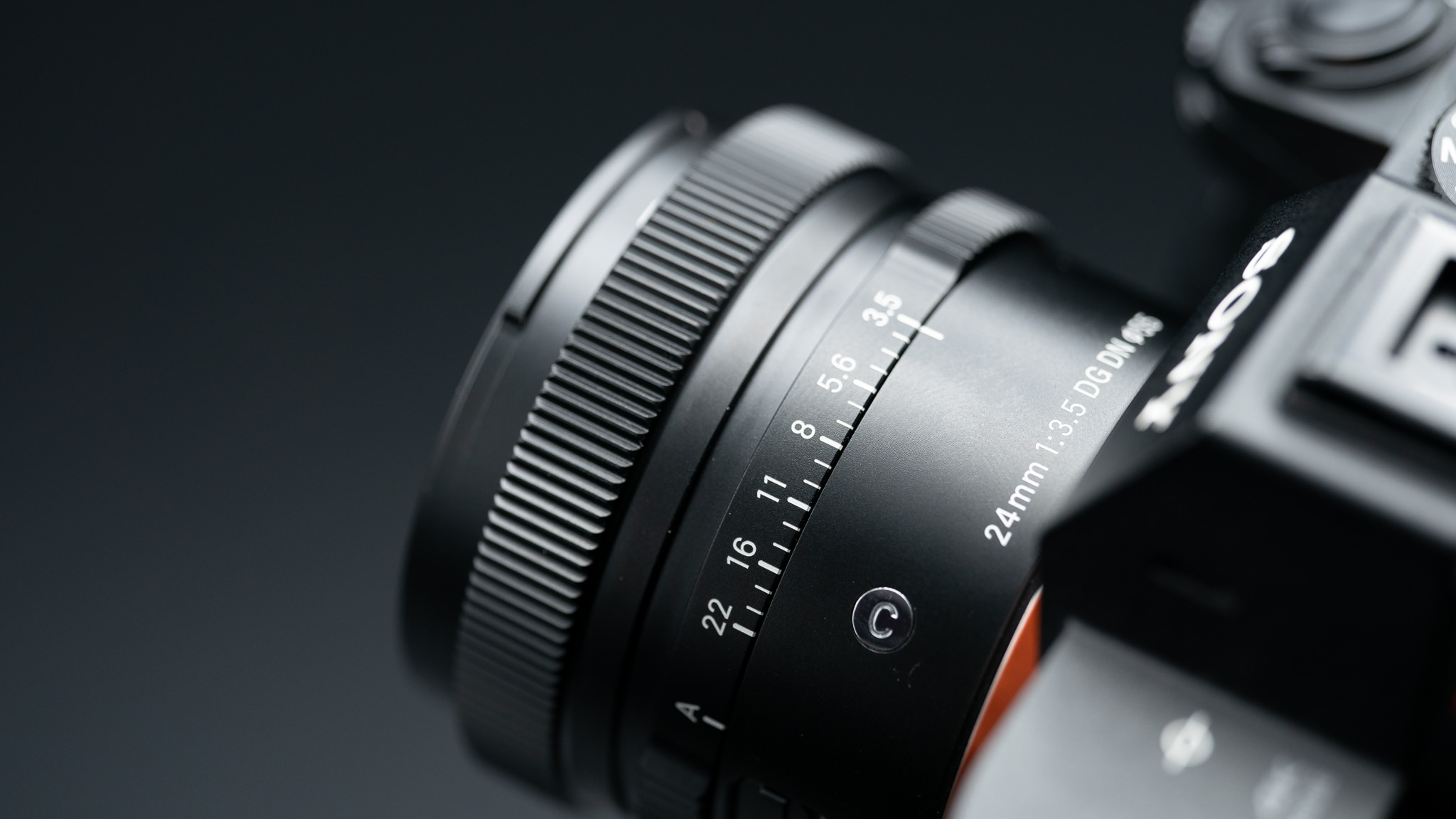

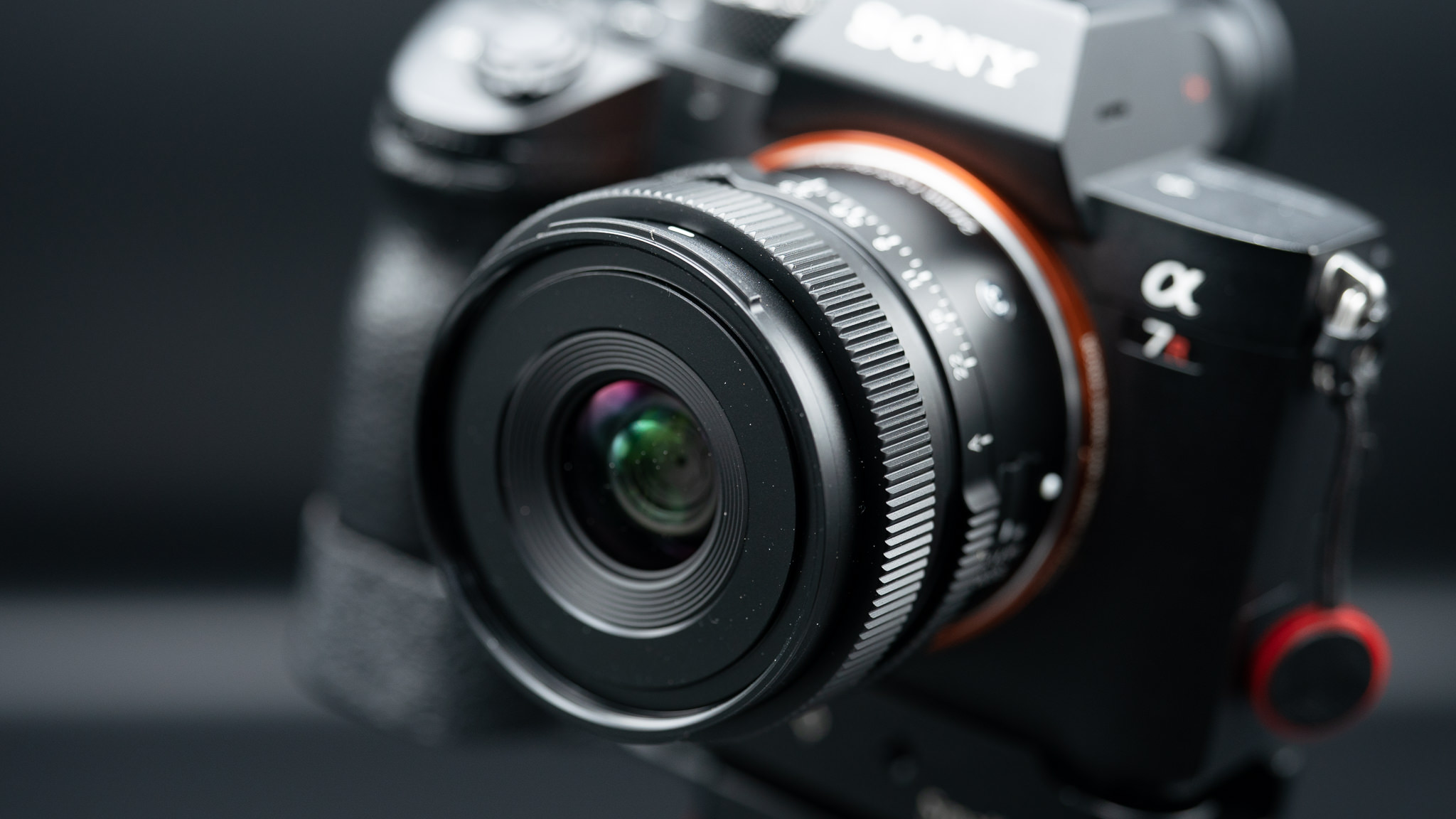

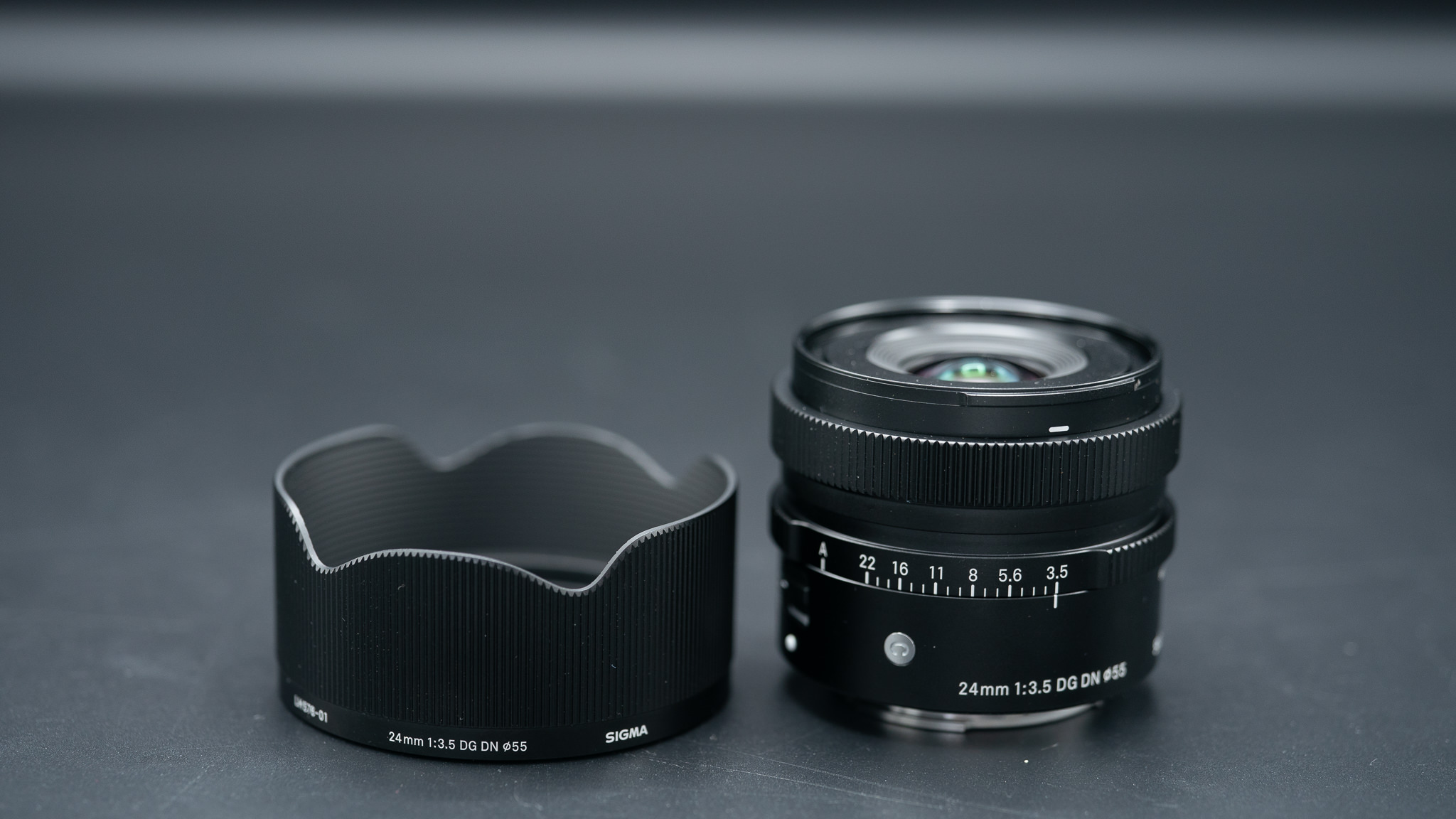
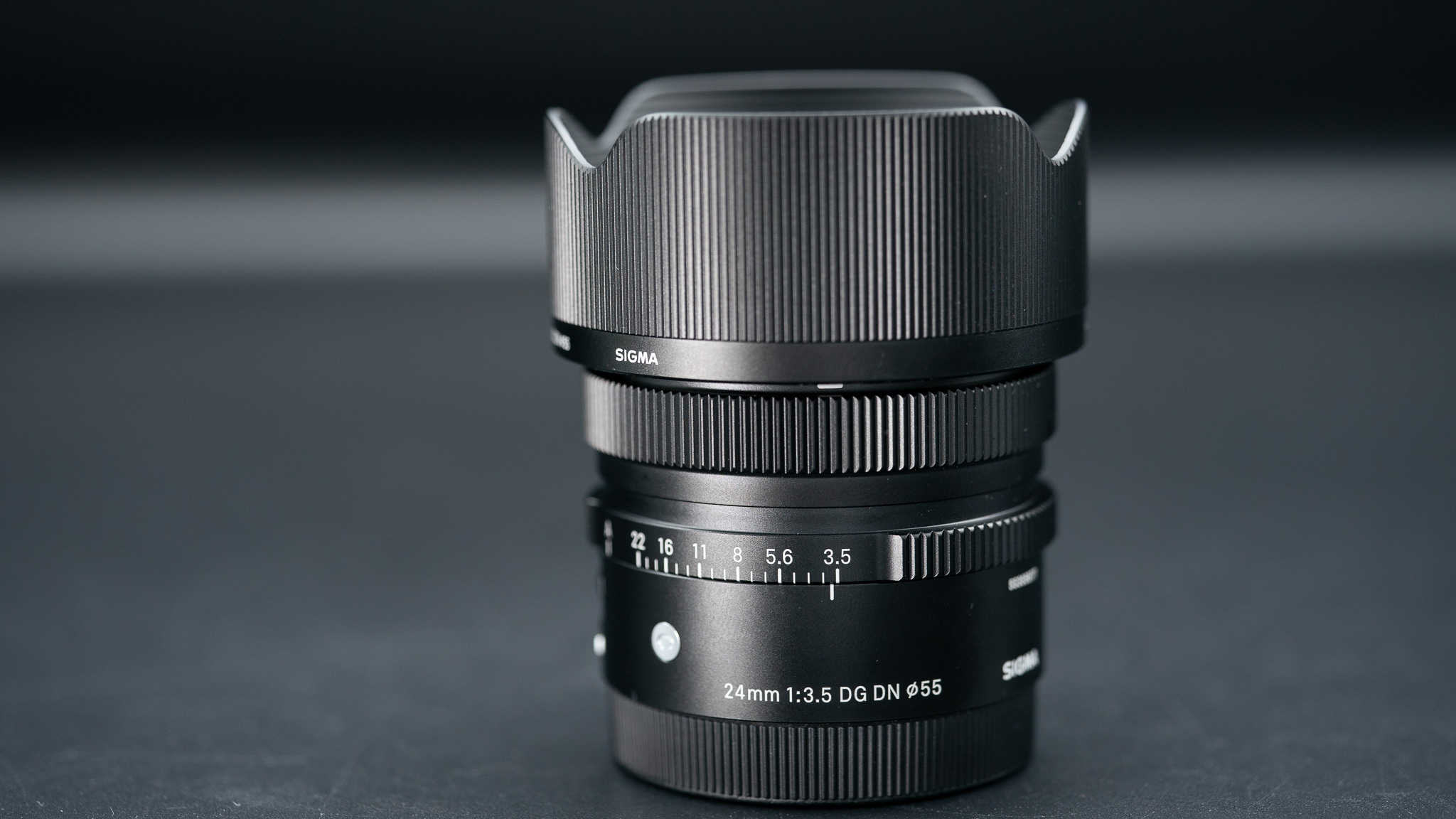
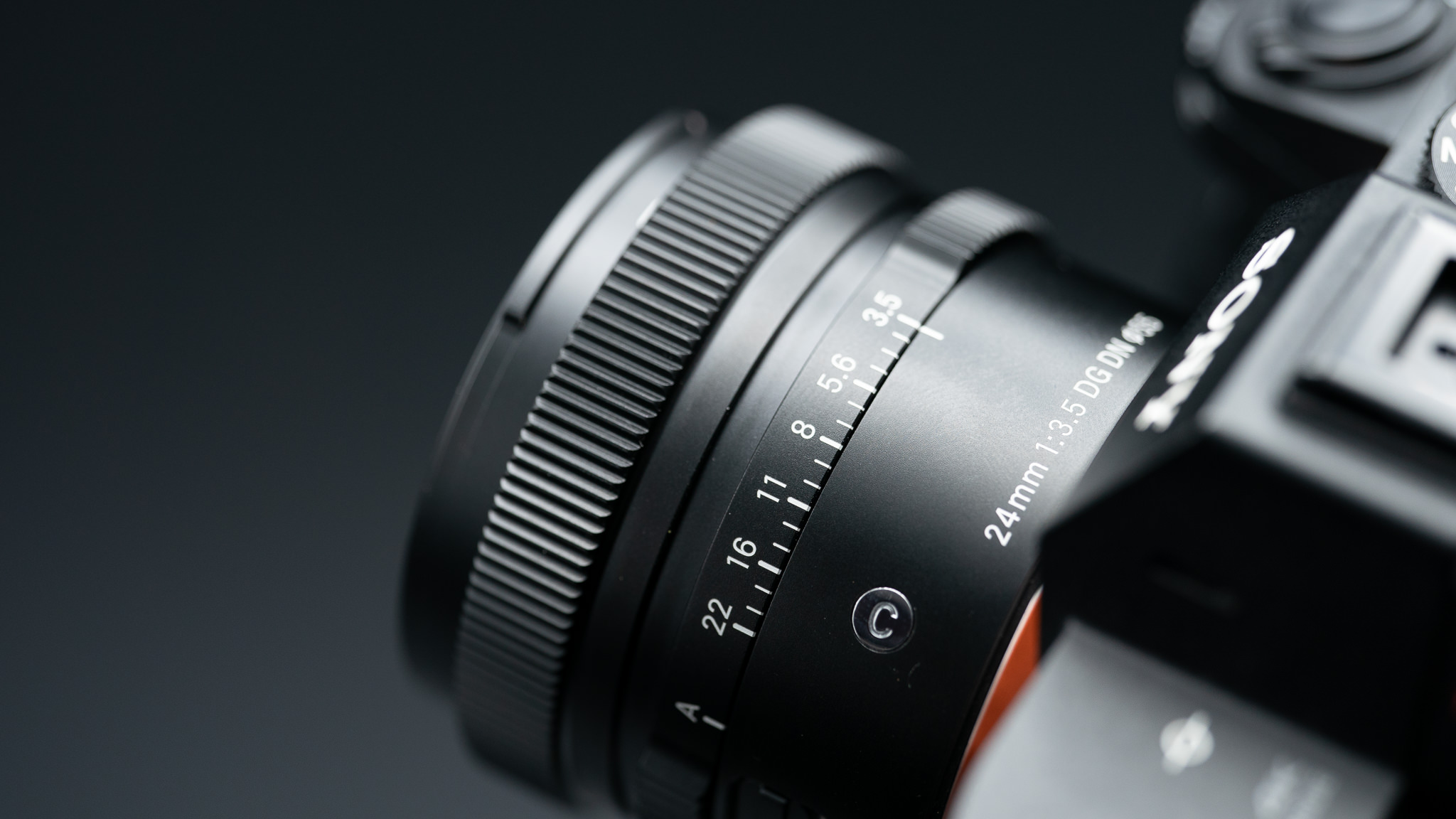
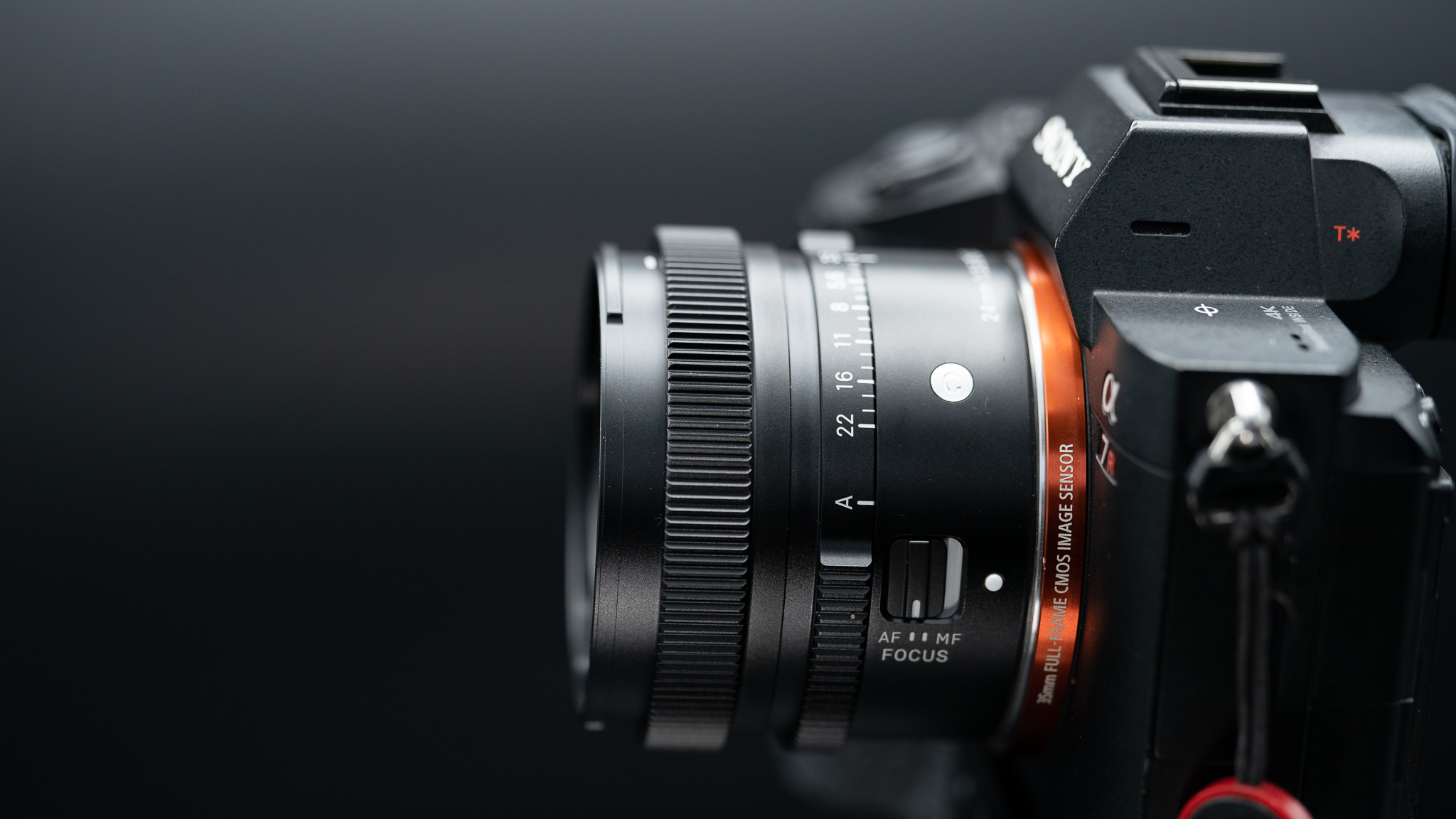
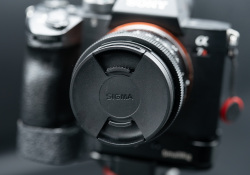
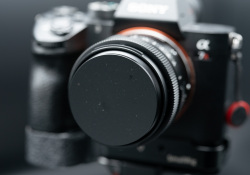
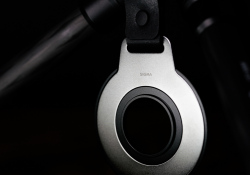
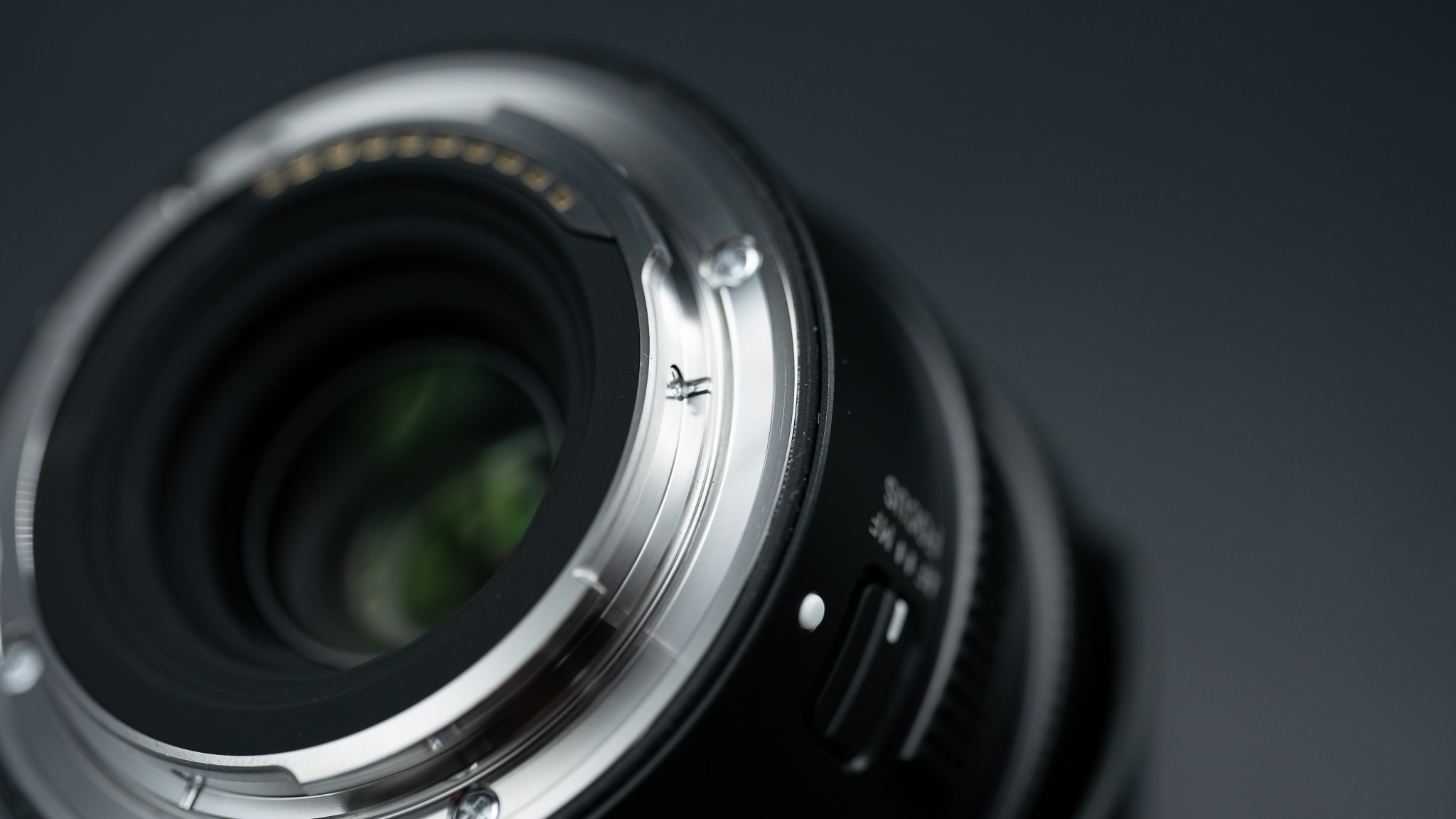



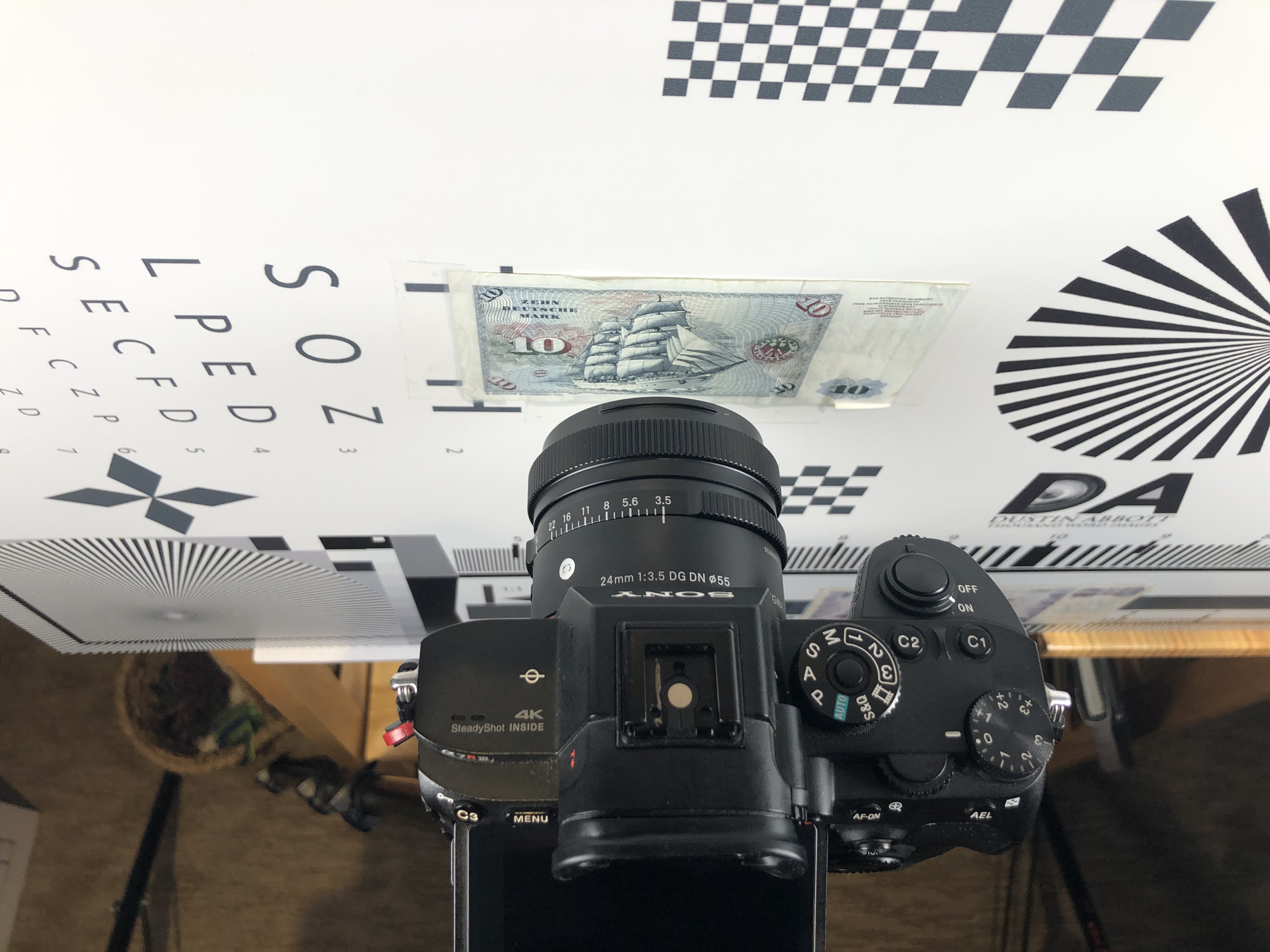

















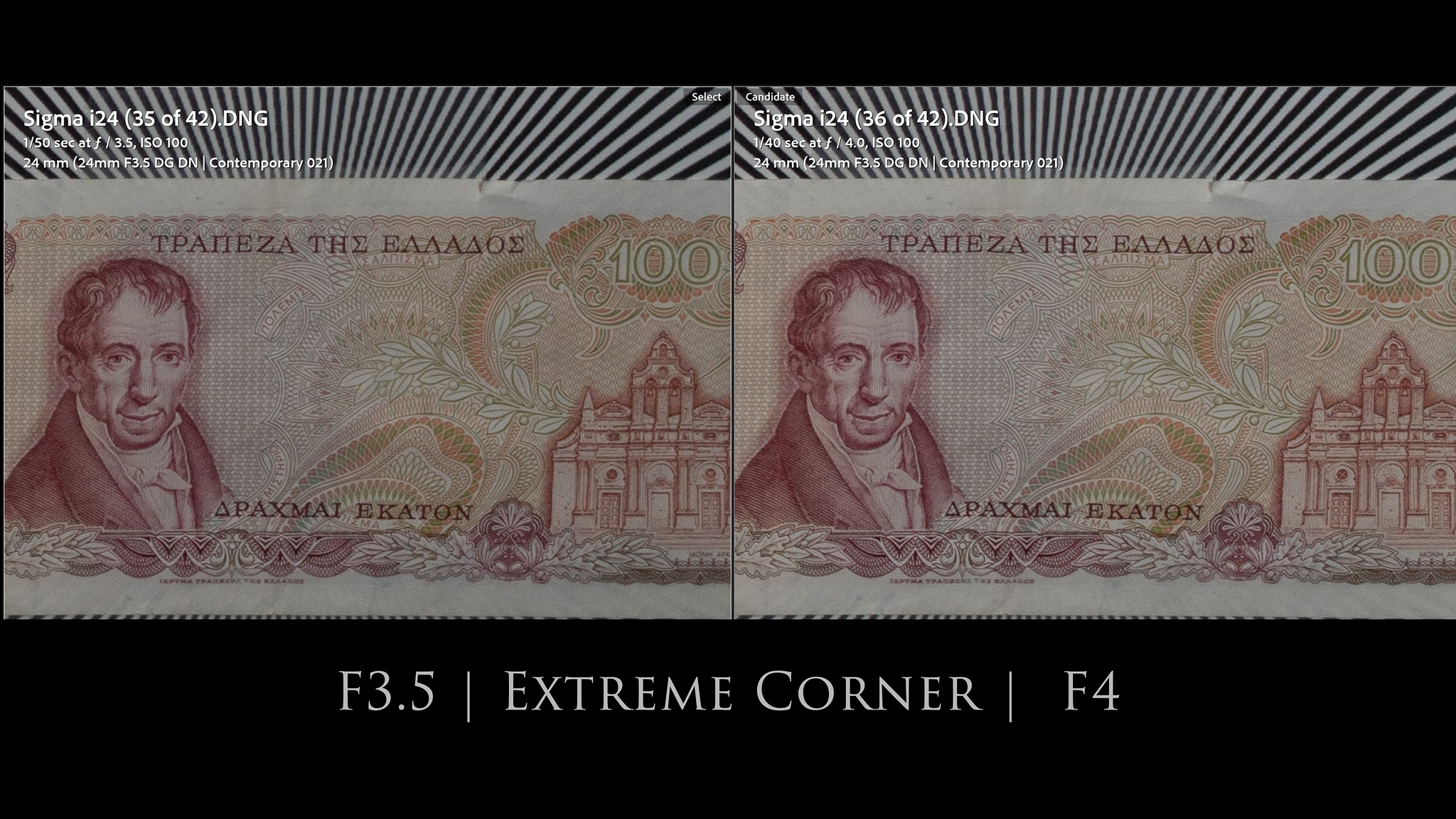



























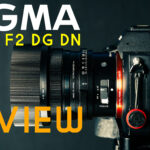
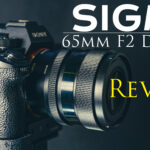


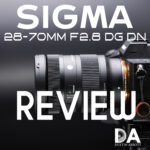




[…] Sigma 24mm F3.5 […]
[…] Sigma 24mm F3.5 […]